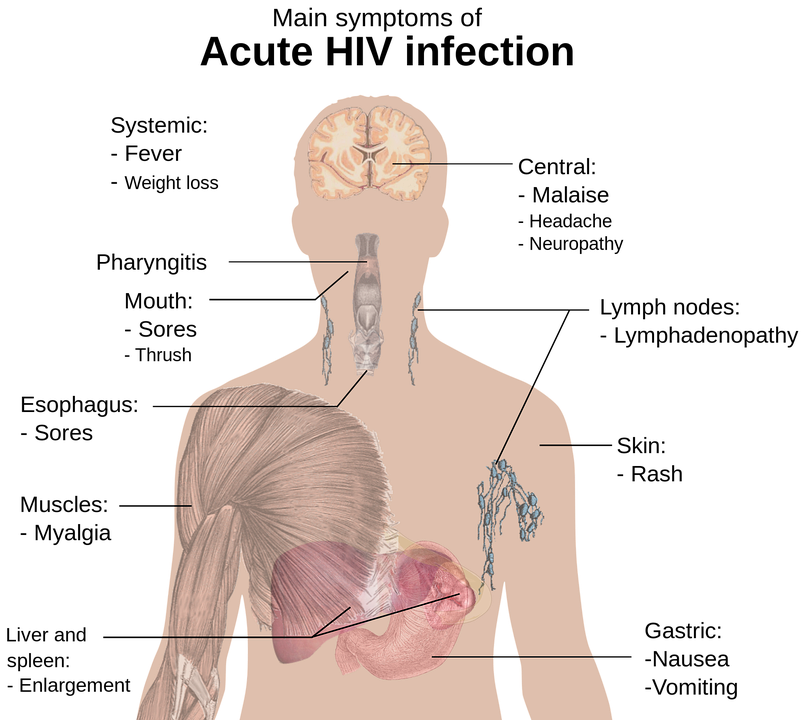A market economy is a system in which individuals and entities freely interact to buy and sell goods. In a market economy, businesses compete for the highest prices consumers are willing to pay. This helps people find the lowest prices and increase their purchasing power. A market economy also encourages competition between workers and employers to hire the best workers for the lowest wages.
Free market economy
In a free market economy, the private sector controls a significant portion of resources. This means that owners of a business have complete control over the product they create, the way it is distributed, and the exchange of goods and services. They are also free to decide how much of a product or service to sell, and how much to buy. They also benefit from thriving financial institutions that provide much-needed financial support and enable companies to freely exchange goods and services.
However, a free market economy can also cause negative externalities. For example, it can encourage businesses to reduce quality as a means of increasing profits. This can cause competition among companies. Consequently, consumers may not get the best quality of product or service at a competitive price. This can have negative effects on the environment.
A free market system also allows for innovation. Producers know when their product is no longer selling well, so they will make new versions of it or reduce their prices. Those who want to take advantage of this process can develop new products or improve upon old ones. Because consumers choose the products they want, producers will be motivated to study which ones are in demand. And because consumers determine what is worth buying, they will also influence the price of the product.
In a free market economy, the government’s role is primarily to ensure that competition is fair and that all businesses operate as efficiently as possible. Competition in a free market economy increases productivity, but it can also lead to misalignment of priorities. Some governments also play a crucial role in the economy. For example, in the United States, the central government has intervened in the market through sanctions, regulations, and policies.
Laissez-faire economics
Laissez-faire economics is a form of capitalism that allows for the market economy to take care of itself without government intervention. Under this type of economic system, businesses are free to set their own prices and distribute their goods. As a result, consumers are able to shop for the best prices, while workers bid for the highest wages. The market economy also allows for individuals to make their own decisions and put their personal interests ahead of the interests of others.
One of the most important aspects of a laissez-faire economy is the protection of property rights. People are free to own property, but the government still enforces these rights to keep people safe. This creates an atmosphere of confidence that stimulates economic activity. In addition, a laissez-faire system discourages government intervention, since it can alter supply and demand.
Laissez-faire economics also allows companies to operate with a pure profit motive without government regulation or taxation. However, the system can be susceptible to negative externalities and information asymmetries. It can also allow producers to engage in harmful behavior. However, supporters of laissez-faire argue that the market will weed out the bad actors.
Laissez-faire economics can be a dangerous concept, as it can cause problems such as inequality. It can also lead to recessions. A laissez-faire economics system should only be implemented when the market is functioning properly.
Competition between producers
There are two main types of competition in a market economy: perfect competition and imperfect competition. In perfect competition, there are many buyers and sellers, and prices reflect both supply and demand. Firms earn enough profit to stay in business, but they do not earn too much, since excess profits would drive profits down.
A good competition system results in goods and services being produced at competitive prices. Producers must purchase raw materials and energy to make their products, telecommunications services to communicate, computer equipment to keep track of inventories, and construction services to construct a plant. When prices are low and producers cannot compete in the market, they will suffer.
The nature of the product itself can also influence prices. In a perfect market, all producers produce the same product, and all buyers want it. In a monopoly, there are no substitutes for products made by different producers. In contrast, in a market economy, a new entrant may compete with an existing producer, or introduce a new variety that will appeal to different tastes.
The definition of a relevant market is important. For example, a car manufacturer may be the only manufacturer of hybrid convertibles, but in reality, many firms compete in the same product category. As the concentration of firms increases, they may be more inclined to compete aggressively than other firms.
Economic growth
Economic growth is a measure of the growth in the total amount of goods and services produced in a country. It is often measured in terms of the gross domestic product (GDP). It is important to note that not all economic growth is the same. The distribution of growth is a crucial factor in societal progress and sustenance.
Economic growth depends on the amount of resources available to produce goods and services. Investment in research and development increases the supply of economic goods. New technology enables workers to produce more output with the same stock of capital goods. As a result, the number of workers increases and more economic goods and services are created.
Despite its obvious benefits, market economies are not without drawbacks. Some products and services are more expensive than others, while businessmen can manipulate prices and control the distribution of goods. As a result, people who don’t have much money can suffer. Additionally, some services are less competitive, and government intervention may be needed to maintain their prices. This ultimately benefits society as a whole.
The key to a market economy is competition. The goal of each competitor is to maximize their self-interest, and compete for customers. This process of competition encourages individuals to take risks and invest in business ventures, which ultimately benefits the economy as a whole. According to Milton Friedman, more economic freedom leads to more political freedom.
Protection of consumers
In the market economy, protection of consumers is essential. When consumers are able to trust producers and products, economic activity thrives. But, this trust must be based on certain grounds. Consumers value quality and safety, and they need to be confident that they are getting a good deal.
Consumer protection is often justified by the asymmetry of information between buyer and seller. This argument, however, ignores the complexity of real-world situations. Consumers are not always fully informed about products and prices, and market failures are often the result of institutional failure. Furthermore, the economic rationale often overlooks the complexities that lead to market failure.
The term “consumer protection” can encompass laws and regulations designed to safeguard consumers from abusive or exploitative practices by market participants. These laws and regulations can vary greatly in terms of substance, form, and instruments. But in general, they are all designed to protect consumers from unsafe and exploitative behaviour.
China’s consumer protection law provides an example of how consumer protection laws can adapt to the new market economy. China’s first comprehensive consumer protection law was passed in October 1993. It contains eight chapters and 55 articles and was explicitly informed by the UN Guidelines on Consumer Protection. It aims to protect consumers in a market economy by establishing a clear definition of who constitutes a “consumer.”
Cost of goods and services
The cost of goods and services is determined by the supply and demand in a market economy. For example, a car mechanic may charge a consumer for a tire and his labor. The tire is a good, but the labor he provides to install it is a service. Both are needed to keep the car running.
In a market economy, consumers and businesses can freely trade and exchange goods. Companies compete for business, and try to produce more products at the lowest cost. As a result, the cost of goods and services goes down and consumers benefit. There is little or no government intervention in the market, which allows competition to drive prices down.



